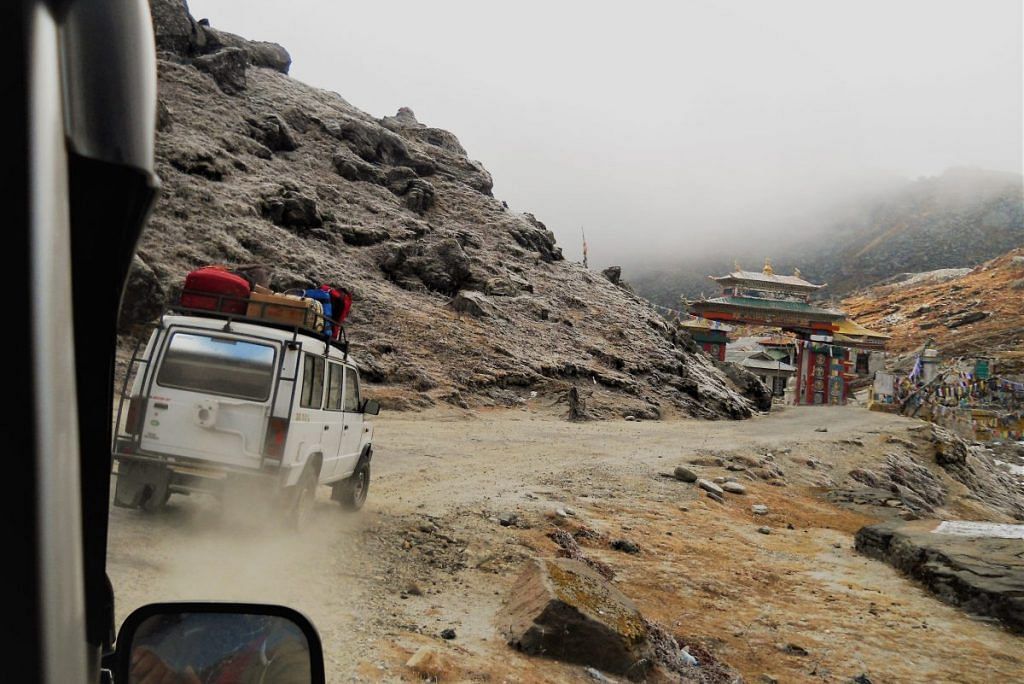Washington: Despite the daunting challenges like COVID-19, Chinese actions in the Indo-Pacific region and the global economic downturn, India and the US are finding ways to cooperate and collaborate and there is an acceleration in the breadth and depth of the relationship between the two countries, a senior State Department official has said.
The US and India are finding ways to cooperate and collaborate to bring the enormous strengths of both of the nations to bear, a senior State Department official told reporters in a conference call on Wednesday.
The damage done by COVID-19, the People’s Republic of China’s actions throughout the Indo-Pacific region, and the global economic downturn have driven an acceleration in the breadth and depth of the US-India relationship, said the official who spoke on conditions of anonymity.
Every time we look at these problems, we find another area or solution where working together makes us both stronger, and the US and India both see the danger in missing the opportunity to link our great societies and economies more closely, the official said during the conference call organised by New York Foreign Press Center on the sidelines of the ongoing UN General Assembly.
Noting that India has been one of the victims of Chinese aggression, the official said that the US exercise of freedom of navigation, of military and defense partnerships, and cooperation with other states in the region is designed to reinforce the basic norms of peaceful solution of problems, of resolution of disputes, and of preservation of rule of law, freedom of navigation, and peace in the region.
India and China are locked in a nearly five-month-long border standoff in eastern Ladakh.
The US is closely monitoring the situation, the senior State Department official said in response to a question.
The discussion of where the actual border is of course is a very sensitive one. So what we have done in the past is supported both sides’ efforts to achieve a diplomatic settlement that both sides can accept, said the official.
America’s position on some parts of the border for sure is explicitly clear, the official asserted, stating that for nearly six decades the US has recognised Arunachal Pradesh as Indian territory.
We strongly oppose any unilateral attempts to advance territorial claims by incursions, by military or civilian incursions across the border or across the established line of actual control. And the disputed boundaries, all we can say is that we encourage India and China to use their existing bilateral channels to discuss those and not resort to military force, said the official.
Ahead of the next week’s QUAD ministerial involving US, India, Japan and Australia, the official said that the United States is building new and stronger bonds with the nations that share same values across the Indo-Pacific region.
India, Australia, and Japan are the main three that we have got together with on the Quad. And these relationships flow from a spirit of respect, inclusivity, and partnership, not domination. We all have our own Indo-Pacific strategies and our approaches, and we share a complementary vision of a free and open region that’s committed to rules-based order, respect for international law, and the peaceful resolution of disputes, said the official.
The quadrilateral consultations allow them to exchange perspectives on the Indo-Pacific region and discuss how to advance these goals.
We also share a goal of strengthening the existing regional architecture, rather than create new regional architecture. We want to grow our engagement with ASEAN and ASEAN-centered institutions to preserve that rules-based order, said the official.
Also read: Xi’s motivations behind LAC standoff and why China has been hyperactive since 2017
